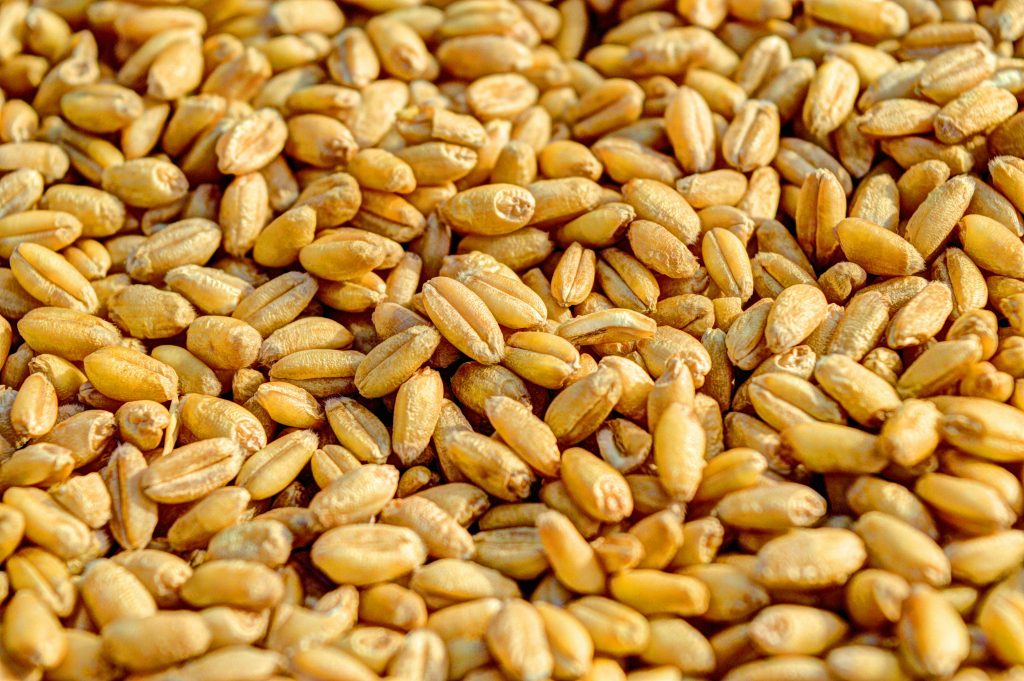In recent years, gluten-free diets have gained significant popularity, not only among those with celiac disease or gluten sensitivity but also among individuals seeking healthier eating habits.
One of the major challenges in maintaining a gluten-free diet is finding suitable and nutritious grain alternatives.
Thankfully, there are many gluten-free grains that are both delicious and packed with essential nutrients. Here’s a closer look at some of the best gluten-free grains you should consider incorporating into your diet.
1. Quinoa
Nutritional Profile: Quinoa, often referred to as a superfood, is rich in protein, fiber, vitamins, and minerals. It is one of the few plant-based foods that contain all nine essential amino acids, making it a complete protein source.
Health Benefits:
- High in Protein: Ideal for vegetarians and vegans seeking protein-rich foods.
- Rich in Fiber: Helps with digestion and maintains healthy blood sugar levels.
- Packed with Antioxidants: Protects cells from damage and reduces inflammation.
Usage Tips: Quinoa is incredibly versatile and can be used in salads, soups, and as a substitute for rice or pasta. It’s also great in breakfast dishes like porridge.
2. Brown Rice
Nutritional Profile: Brown rice is a whole grain that retains the bran and germ, which are packed with nutrients such as fiber, magnesium, and B vitamins.
Health Benefits:
- Supports Heart Health: The fiber and antioxidants in brown rice help reduce cholesterol levels and lower the risk of heart disease.
- Aids Digestion: High fiber content promotes a healthy digestive system.
- Stabilizes Blood Sugar Levels: Its low glycemic index makes it suitable for those managing diabetes.
Usage Tips: Brown rice can be used as a base for stir-fries, grain bowls, or as a side dish. It can also be ground into flour for baking.
3. Buckwheat
Nutritional Profile: Despite its name, buckwheat is gluten-free and not related to wheat. It is rich in fiber, protein, and essential minerals like magnesium and manganese.
Health Benefits:
- Heart Health: Contains rutin, an antioxidant that helps improve circulation and lower blood pressure.
- Improves Digestion: High in fiber, which aids in digestive health and prevents constipation.
- Blood Sugar Control: Has a low glycemic index, making it a good option for blood sugar management.
Usage Tips: Buckwheat can be used to make porridge, pancakes, and soba noodles. It’s also a great addition to salads and casseroles.
4. Millet
Nutritional Profile: Millet is a small-seeded grain that is highly nutritious, offering a good source of magnesium, phosphorus, and antioxidants.
Health Benefits:
- Bone Health: High in phosphorus, which is essential for bone health and energy production.
- Antioxidant-Rich: Helps protect the body against oxidative stress.
- Digestive Health: Contains both soluble and insoluble fiber, promoting healthy digestion.
Usage Tips: Millet can be cooked and used as a side dish, added to soups, or used in baking as a flour alternative.
5. Amaranth
Nutritional Profile: Amaranth is a nutrient-dense grain, particularly high in protein, iron, and calcium. It also contains lysine, an amino acid that is usually lacking in other grains.
Health Benefits:
- High in Protein: Supports muscle growth and repair.
- Bone Health: High calcium content is beneficial for maintaining strong bones.
- Rich in Iron: Helps prevent anemia by promoting healthy red blood cell production.
Usage Tips: Amaranth can be used in porridge, soups, and stews. It can also be popped like popcorn for a crunchy snack.
6. Sorghum
Nutritional Profile: Sorghum is a whole grain with high levels of protein, fiber, and antioxidants. It’s also rich in important nutrients like iron, magnesium, and B vitamins.
Health Benefits:
- Antioxidant Powerhouse: Helps combat inflammation and chronic diseases.
- Digestive Health: High fiber content supports a healthy digestive system.
- Gluten-Free: Naturally gluten-free and easy to digest for those with gluten intolerance.
Usage Tips: Sorghum can be used in baking, as a base for grain bowls, or popped for a snack. It can also be milled into flour for gluten-free baking.
7. Teff
Nutritional Profile: Teff is a tiny but mighty grain, rich in protein, fiber, and essential minerals like calcium, iron, and magnesium.
Health Benefits:
- Supports Weight Loss: High fiber content helps with satiety and weight management.
- Bone Health: One of the few grains that provide significant amounts of calcium.
- Blood Sugar Control: Slow-digesting carbohydrates help maintain steady blood sugar levels.
Usage Tips: Teff can be used to make injera (Ethiopian flatbread), added to porridge, or used in baking.
Conclusion
Incorporating gluten-free grains into your diet not only provides variety but also ensures that you are getting a rich array of nutrients essential for good health. These grains are not only nutritious but also versatile, making them easy to include in a wide range of recipes. Whether you are gluten intolerant or simply seeking healthier grain options, these gluten-free grains offer a delicious and nutritious alternative to traditional gluten-containing grains.

